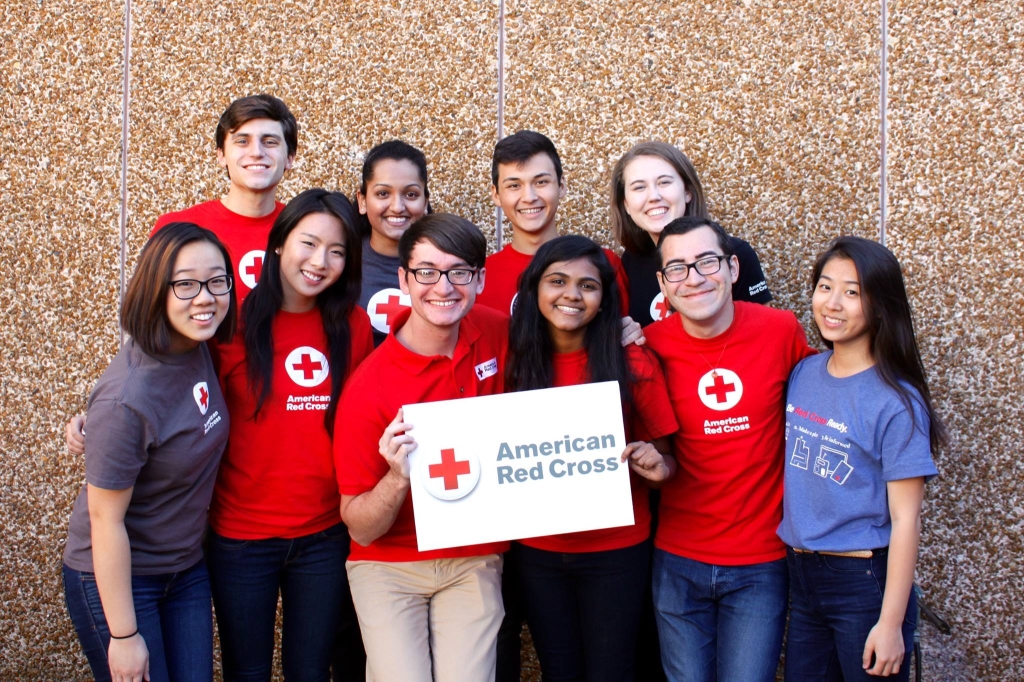
Top Careers in Blood Drawing: How to Start as a Phlebotomist and Advance Your Healthcare Career
Embarking on a career in blood drawing, also known as phlebotomy, can be a rewarding and vital part of the healthcare industry. Phlebotomists play a crucial role in patient diagnostics, ensuring accurate blood collection for laboratory testing, and supporting overall health care delivery. Whether you’re new to the healthcare field or seeking a specialized role, understanding how to start as a phlebotomist and how to advance in this career can open many exciting opportunities. In this complete guide, we’ll explore the top careers in blood drawing, steps to become a certified phlebotomist, practical tips, and pathways for career advancement.
Understanding the Role of a Phlebotomist
A phlebotomist is responsible for drawing blood from patients for tests, transfusions, donations, or research.the role combines technical skills with excellent patient care and communication. Accurate blood collection is critical for reliable test results, making precision and professionalism essential.
Why Choose a Career in Blood Drawing?
- High demand: Healthcare facilities need qualified phlebotomists, especially with aging populations and increasing health awareness.
- Entry-level opportunities: Many positions require minimal formal education, making it accessible for those starting anew.
- Career growth: Opportunities to advance into specialized roles or further healthcare education.
- Fulfilling work: Direct patient interaction and contributing to health diagnostics provide a sense of purpose.
How to Start as a Phlebotomist: Step-by-Step Guide
Beginning your career in blood drawing involves several essential steps. Here’s an outline to help you get started:
1. Obtain the Required Education
Most states and employers require at least a high school diploma or GED to start. Then, pursue formal phlebotomy training through accredited programs.
2. Complete Phlebotomy Certification
Certification is often mandatory or highly recommended.The two most recognized certifying bodies are:
- National Phlebotomy Association (NPA)
- American Society for Clinical Pathology (ASCP)
Programs typically include coursework on anatomy, blood collection techniques, safety protocols, and practical clinical experience.
3. Gain Practical Experience
During training, you’ll participate in supervised blood draws. Post-certification,look for internships or entry-level positions at hospitals,clinics,or laboratories to build experience.
4. Obtain State or Local Licenses (if required)
Check your state’s regulations, as some require licensure or registration. Ensure compliance to legally work as a phlebotomist.
5. Apply for Jobs in Healthcare Settings
start your job search by applying to hospitals, outpatient clinics, blood donation centers, or dedicated phlebotomy services.
Benefits and Practical Tips for a Successful Phlebotomy Career
- Develop strong patient communication skills: Comfortably explain procedures and reassure nervous patients.
- Prioritize safety and sanitation: Follow strict protocols to prevent infection and ensure patient safety.
- master blood collection techniques: Practice different methods such as venipuncture and capillary puncture.
- Stay organized and detail-oriented: Accurate labeling and documentation are key to lab accuracy.
- Continue education: Engage in professional progress to learn new techniques and stay updated with industry standards.
Career Advancement Opportunities in Phlebotomy
While phlebotomy can be an end career, many professionals pursue further growth. Here are some pathways to advance in the healthcare industry:
1.Specialize in a Niche Area
- Implementing pediatric or geriatric blood draws
- Working in forensic or research labs
- Certifying as a clinical laboratory technician or technologist
2. Pursue additional Healthcare Education
Enroll in programs such as Medical Assisting, Nursing, or Laboratory technology to transition into higher roles.
3. Obtain Advanced Certifications
| Certifications | Requirements | Career Impact |
|---|---|---|
| certified Medical Assistant (CMA) | Training & exam | Broader clinical duties |
| Laboratory Technician | Additional training | Work in diagnostic labs |
| Nursing License | RN training & licensing | Provide patient care & blood collections |
Case Study: From Phlebotomist to Healthcare Leader
Jessica started her career as a certified phlebotomist in a major hospital. She gained extensive hands-on experience, earned additional certifications in infection control, and developed excellent patient rapport. Over five years, jessica transitioned into a senior phlebotomy technician, then pursued a nursing degree. Today,she’s a registered nurse overseeing blood bank services,demonstrating how foundational skills in blood drawing can lead to versatile healthcare leadership roles.
Real-life Experience: What to Expect on Your First Day
Many newcomers wonder what a typical first day looks like. You’ll generally:
- Meet your team and supervisor
- Review safety and procedural protocols
- Assist experienced phlebotomists with blood collection
- Learn patient handling techniques
- Start practicing blood draw techniques under supervision
Patience, attention to detail, and a compassionate attitude will set you up for success in your new role.
Final Thoughts
Choosing a career in blood drawing as a phlebotomist offers a meaningful way to contribute to healthcare, enjoy job stability, and build a foundation for future growth. With proper education,certification,and hands-on experience,you can start a rewarding career in the medical field.Moreover, continuous learning and specialization can open doors to advanced healthcare roles, making phlebotomy not just a job but a stepping stone to long-term professional development.
Ready to take the first step? Explore accredited training programs in your area, obtain your certification, and begin your journey in the exciting world of blood drawing and healthcare!